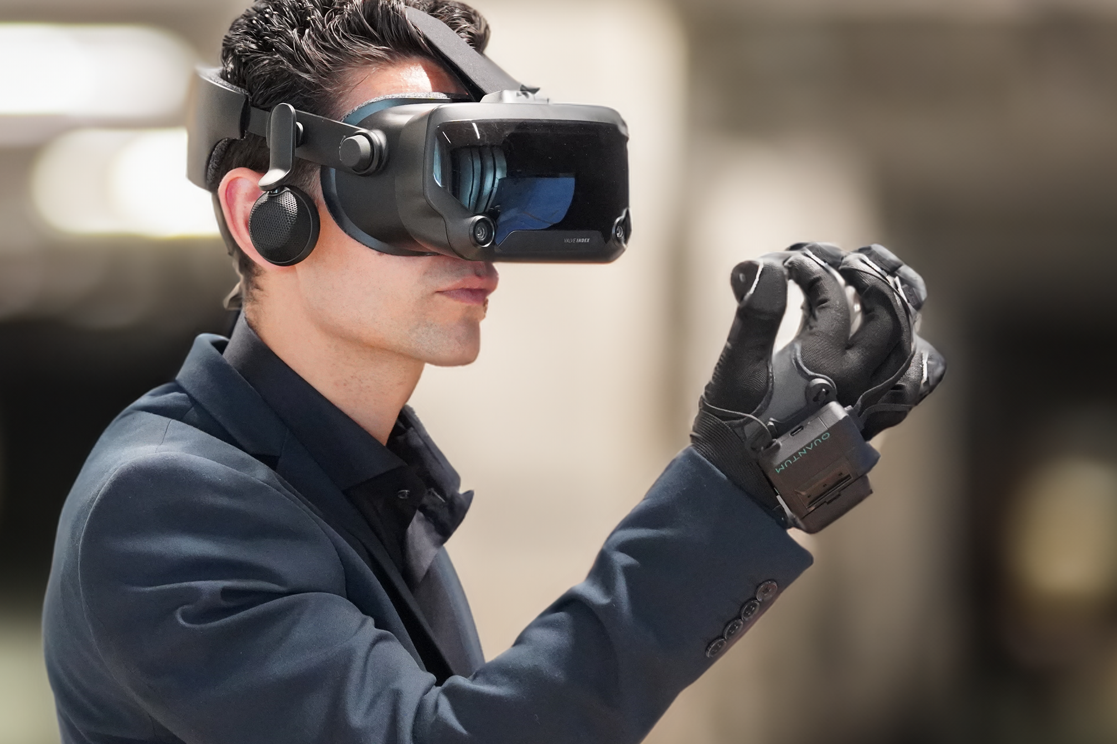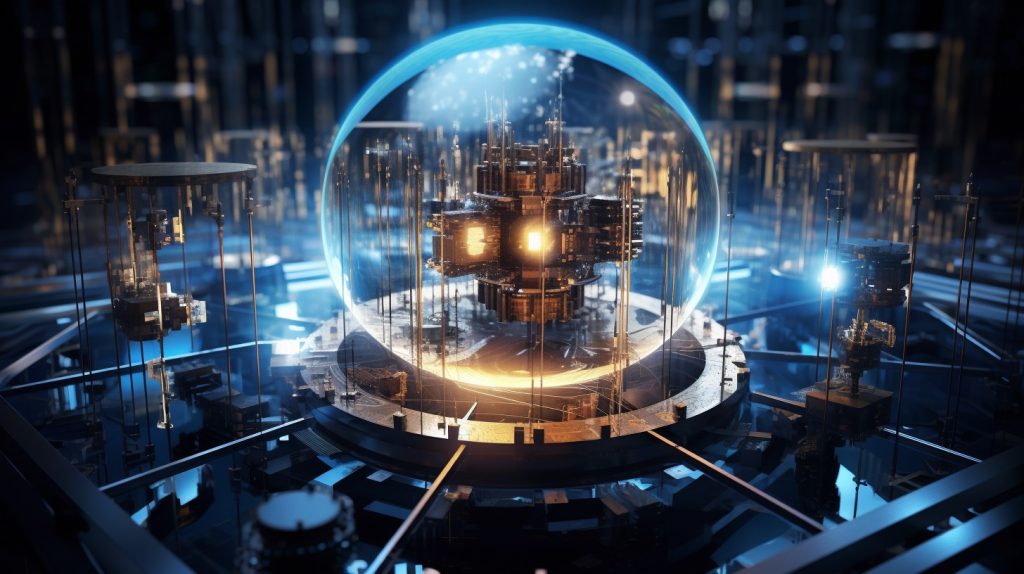Introduction
Art and culture have always been intrinsically linked to human experiences. They reflect our history, emotions, and aspirations, offering a canvas through which we explore the depths of our existence. In the pursuit of preserving and enhancing these expressions of human creativity, technology has played a significant role. Quantum sensors, with their unparalleled precision and sensitivity, have emerged as a transformative force in this domain.
The Quantum Leap into Art Preservation
The preservation of art and cultural artifacts is a delicate and often challenging endeavor. Over time, even the most well-preserved works can suffer from environmental factors like humidity, temperature fluctuations, and vibrations. This is where quantum sensors step in.
Quantum sensors, equipped with the remarkable ability to detect the tiniest of vibrations, provide an unprecedented level of insight into the conditions surrounding priceless artifacts. Museums and galleries are now employing these sensors to monitor the structural integrity of artworks. Whether it’s detecting micro-vibrations caused by foot traffic or subtle movements within a painting’s canvas, quantum sensors allow for early intervention and preservation efforts.
In addition to protecting these treasures, quantum sensors are enabling us to understand the impact of various environmental factors on the aging process of artworks. By collecting data on temperature, humidity, and vibration levels, curators and conservators gain valuable insights into the long-term preservation needs of art and cultural artifacts.
Quantum Sensors and Immersive Experiences
Beyond preservation, quantum sensors are also reshaping the way we experience art and culture. Imagine walking into a gallery where the artwork reacts to your presence and emotions. This level of interactivity is becoming a reality thanks to quantum technology.
Quantum sensors can detect the smallest changes in their surroundings, including the electromagnetic fields produced by our bodies. By harnessing this capability, artists and technologists are creating immersive installations that respond to the presence and emotions of visitors. In these sensory-rich environments, viewers become active participants, blurring the lines between the observer and the observed.
One such example is the “Quantum Art Experience,” where quantum sensors are used to monitor the brainwave patterns and heart rate of visitors. The artwork changes in real-time based on the viewer’s emotional state, creating a truly personalized and immersive encounter with art. This fusion of technology and creativity opens up endless possibilities for artists to convey their messages in novel and engaging ways.
Quantum Sensors in Cultural Heritage
Cultural heritage sites, from ancient temples to historical buildings, are living testaments to our shared history. However, these sites are often vulnerable to wear and tear from natural forces and human activity. Quantum sensors are stepping in to protect and preserve these irreplaceable landmarks.
By continuously monitoring factors like structural stability, temperature, and humidity, quantum sensors help ensure the longevity of cultural heritage sites. For example, in the case of ancient temples, these sensors can detect even the slightest shifts in the building’s foundation, allowing for timely intervention to prevent structural damage.
Moreover, quantum sensors play a crucial role in the documentation and restoration of cultural heritage. High-resolution imaging techniques, powered by quantum sensors, enable archaeologists and conservators to uncover hidden details and accurately reproduce damaged artifacts. This intersection of quantum technology and cultural preservation is not only advancing our understanding of the past but also ensuring that future generations can continue to appreciate and learn from these treasures.
The Future of Quantum Sensors in Art and Culture
As quantum technology continues to advance, the possibilities for its integration into art and culture are limitless. Quantum sensors are no longer confined to the laboratory; they are becoming integral to the way we create, preserve, and experience art.
In the near future, we can expect to see quantum-enhanced virtual reality experiences that transport us to different dimensions of artistic expression. Museums will use quantum sensors to create dynamic exhibitions that adapt to the interests and preferences of individual visitors. Artists will explore new realms of creativity, harnessing the power of quantum sensors to push the boundaries of their craft.
In conclusion, the marriage of quantum sensors and art and culture is a testament to the profound impact that technology can have on our creative and historical endeavors. From preserving our heritage to enhancing our experiences, quantum sensors are at the forefront of a quantum leap in our appreciation of art and culture. As we continue to explore the possibilities of this transformative technology, we can look forward to a future where the boundaries between art, science, and culture blur, enriching our lives in ways we have yet to imagine.






